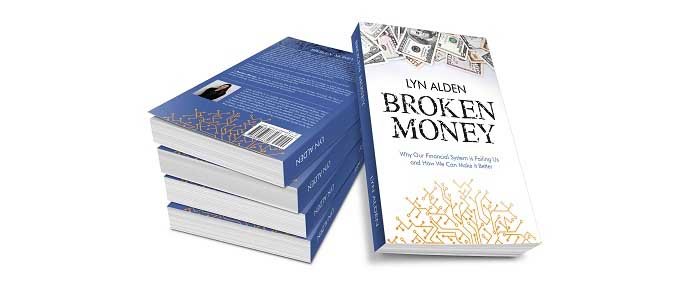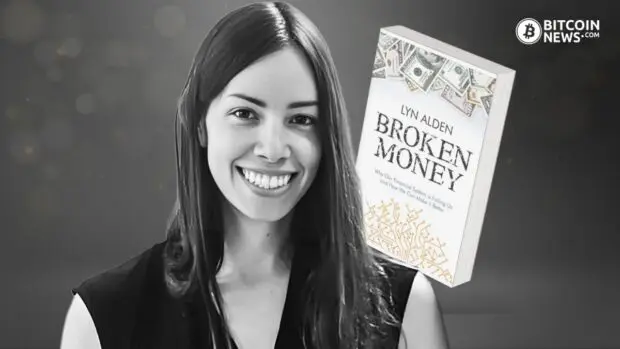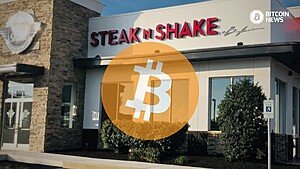In Broken Money, Lyn Alden provides a fascinating analysis of how the advent of the telegraph in the mid-19th century catalyzed the transition to fiat currency. By enabling transactions to occur at the speed of electricity, the telegraph introduced a temporal gap between financial exchanges and settlement. This necessitated central banks to maintain ledger records and coordinate settlement across distances—essentially establishing the infrastructure for fiat money.
Alden’s focus on the technology of transmission and record-keeping provides unique insight into an often overlooked driver of monetary evolution. Her work suggests that innovations in communication profoundly shape financial systems.

Lyn Alden Believes Bitcoin Shapes the Era of Instant Settlements
In the current financial architecture, transactions navigate a complex network of intermediaries, including banks and clearinghouses, which verify and settle trades. This process introduces delays, costs, and counterparty risks.
Bitcoin, leveraging a decentralized blockchain network, disrupts this model. Transactions on Bitcoin’s network are confirmed by miners and, once recorded on the blockchain, become irreversible, negating the need for traditional intermediaries. This direct transaction mechanism not only slashes costs and time but also fortifies security and diminishes the potential for control and censorship.
Lyn Alden sees Bitcoin’s transformative role in light of instant transaction settlement. Her analysis underscores the revolutionary departure from conventional digital currencies: Bitcoin does not merely transfer value but also settles it conclusively in real time through its blockchain.
This advancement obliterates the necessity for central authorities in the settlement process and introduces a global monetary system where digital transactions are as final as handing over cash— a paradigm shift towards a more efficient and sovereign financial future.
The Future of Money After Bitcoin
Considering the speed of settlement as a pivotal factor, what could follow Bitcoin’s innovation? One possibility is the development of programmable money that can also execute more complex transaction logic.
Innovations like smart contracts already allow for money to be routed, released, or returned conditional on real-world events. Expanding programmability could enable money to fluidly interact with digital and physical systems in increasingly sophisticated ways.
Related reading: Bitcoin Fixes Everything Because Broken Money Ruins Everything
Communication Technology Continues to Shape Finance
Alden’s analysis reveals how communications tools like the telegraph shaped monetary systems. This precedent suggests emerging networks like 5G, satellite internet, and mesh networks could enable new financial capabilities and asset classes.
As connectivity reaches more of the physical world, money may take on new properties like embeddedness in smart infrastructure or mobility across integrated transportation systems. Finance could become more fluid and contextual.
Rethinking Financial Policy and Stability
By highlighting the possibility of instant settlement, Alden prompts a reconsideration of policies based on legacy financial networks. Regulations grounded in delayed settlement may require rethinking.
Instant settlement also has ramifications for stability. On one hand, it can reduce counterparty risk and settlement failures. On the other hand, it introduces new variables, like software risks, that merit analysis.
Either way, Alden’s work foretells a disruption of current paradigms and necessitates an evolution in economic thought.
Conclusion

In Broken Money Lyn Alden provides a penetrating lens into monetary evolution. Her thesis linking technology to financial systems shapes our understanding of currency, both past and present.
Most significantly, her treatment of Bitcoin as enabling real-time settlement has profound implications for the future of money and the economic structures it underpins. Alden’s work is indispensable for making sense of money’s history and trajectory.
The book is available on Amazon.










